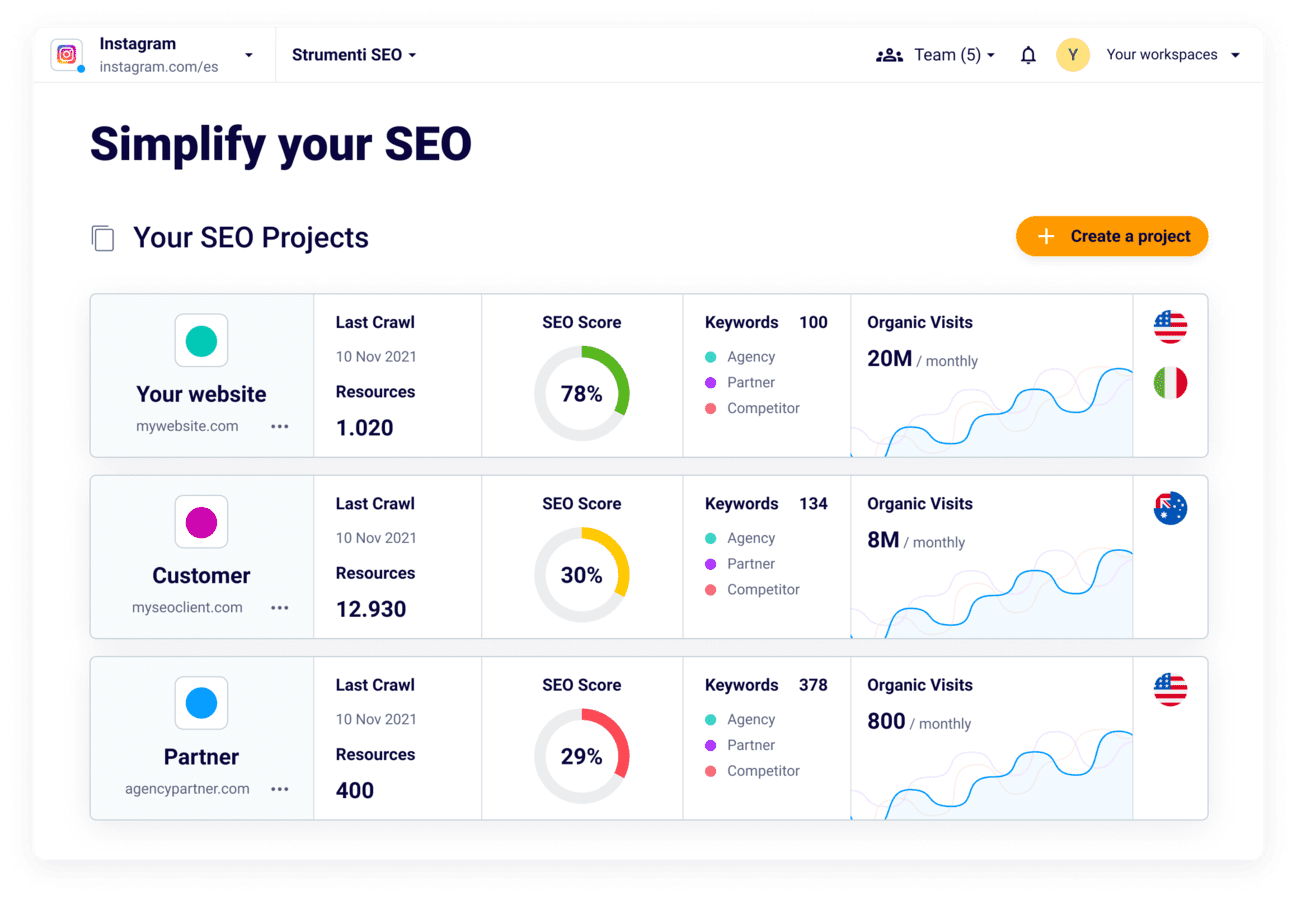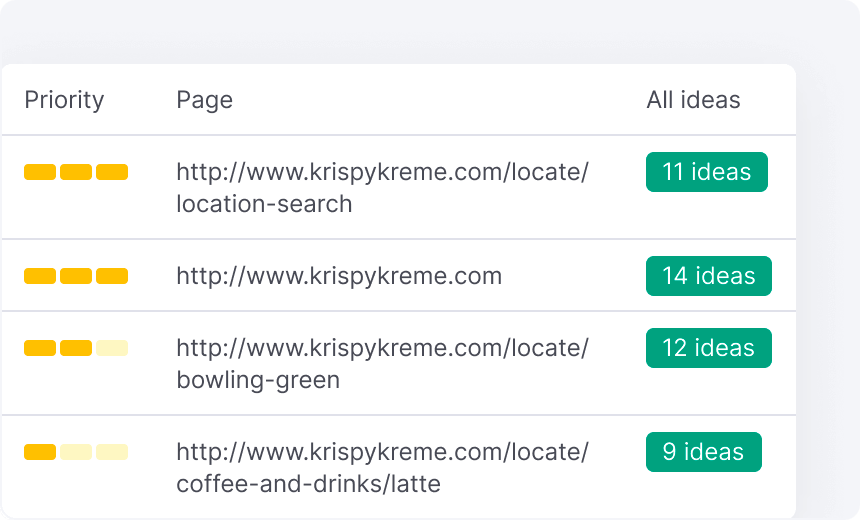Debunking What Is Ruled Out a Default Medium in Google Analytics
Debunking What Is Ruled Out a Default Medium in Google Analytics
Blog Article
Revealing the Unconventional Mediums in Google Analytics Beyond Default Setups
In the world of digital analytics, Google Analytics stands as a cornerstone for companies seeking to recognize their on-line existence. By venturing beyond the surface and diving right into the ins and outs of social media information, e-mail campaign performance, referral website traffic resources, direct traffic patterns, and customized network groups, a treasure chest of info awaits those willing to welcome a much more nuanced method.

Leveraging Social Network Insights
Periodically overlooked, yet profoundly valuable, is the technique of leveraging social networks understandings within the realm of Google Analytics. By integrating information from platforms like Facebook, Twitter, Instagram, and LinkedIn into Google Analytics, organizations can acquire a much deeper understanding of their audience and the efficiency of their social media sites projects.
Through this combination, marketers can track and examine user habits on their internet site that originates from social networks systems. They can recognize which social media channels are driving the most traffic, which material is reverberating with the target market, and which campaigns are converting the most leads. This insight enables for data-driven choices to maximize social media techniques and enhance general advertising efficiency.
In addition, by combining social media insights with Google Analytics, companies can create much more targeted and customized campaigns - what is not considered a default medium in google analytics. They can utilize market info, rate of interests, and on-line habits collected from social networks to fine-tune their audience segmentation and provide tailored messages that resonate with specific customer teams. This targeted strategy can bring about greater interaction, boosted conversions, and inevitably, boosted roi
Discovering Email Campaign Performance
Uncovering Email Project Efficiency includes evaluating essential metrics and performance indications to review the efficiency of email marketing initiatives. When diving into email project efficiency, it is important to evaluate metrics such as open prices, click-through prices, conversion rates, and unsubscribe prices. Open up rates show the portion of recipients that opened up the email, providing understanding into the performance of subject lines and sender names. Click-through prices measure the percent of receivers who clicked links within the e-mail, revealing engagement degrees. Conversion rates track the percent of recipients who finished a desired activity after clicking on a web link in the email, such as buying or authorizing up for a newsletter. Last but not least, unsubscribe rates highlight the variety of recipients that pulled out of obtaining further e-mails, dropping light on e-mail content top quality and relevance. By analyzing these metrics, marketing professionals can fine-tune their email projects for better interaction and efficiency.
Analyzing Recommendation Website Traffic Resources
After evaluating the performance of email projects via vital metrics such as open rates and conversion rates, the next important action is assessing referral traffic sources in Google Analytics to understand where site site visitors are originating from and exactly how they engage with the website. Reference website traffic resources describe the internet sites that direct users to your site via clickable web links. By diving right into this information, organizations can obtain understandings right into which outside systems are driving web traffic to their site, whether it be social networks platforms, partner websites, or online directories.
Analyzing reference website traffic can give useful info on the efficiency of outside marketing efforts and collaborations. It aids services determine high-performing referral resources that add substantially to web site traffic and conversions. Moreover, by recognizing the habits of visitors originating from various recommendation sources, organizations can customize their marketing approaches to maximize interaction and conversions. Google Analytics supplies comprehensive records on recommendation traffic, permitting companies to track the efficiency of each recommendation resource accurately and make data-driven choices to enhance their on-line presence.
Exploring Direct Web Traffic Patterns
Discovering the straight website traffic patterns in Google Analytics provides important insights right into customer actions and the performance of campaigns - what is not considered a default medium in google analytics. Direct traffic refers to visitors who arrive at a web site by straight inputting the link right into their web browser, utilizing book marks, or clicking untagged web links. Comprehending straight web traffic patterns can assist marketing professionals review the influence of offline advertising and marketing initiatives, brand name recognition, and the efficiency of word-of-mouth recommendations
By delving into straight website traffic information, services can discover vital info regarding individual intent and brand commitment. Assessing the actions of straight visitors, such as the pages they see, the moment spent on site, and the conversion price, can provide a deeper understanding of user involvement and the general efficiency of the website in transforming site visitors into customers.
In addition, tracking straight web traffic patterns with time enables companies to identify fads, seasonality effects, and the success of particular projects or promos in driving direct brows through. This info can then be made use of to fine-tune go to this website marketing approaches, enhance website web content, and enhance the total individual experience to take full advantage of conversions.
Utilizing Personalized Channel Groupings
Making use of customized network collections in Google Analytics permits companies to classify and evaluate their internet site traffic based upon particular standards, providing useful insights for enhancing marketing techniques. Personalized channel collections enable business to develop their own personalized groups of traffic sources, such as social media sites, organic search, email projects, and reference traffic. By defining these groups, businesses can acquire a much deeper understanding of just how different advertising networks add to their website traffic and conversions.
This function is specifically valuable for businesses with diverse advertising approaches throughout various platforms. A business running both paid and natural social media projects can separate in between the 2 to analyze their specific efficiency properly. In addition, personalized network groups can aid recognize any kind of forgotten or taken too lightly website traffic resources that might be driving useful interaction.
Final Thought

By venturing past the surface and delving right into the complexities of social media information, e-mail campaign efficiency, reference web traffic resources, straight traffic patterns, and custom-made network groupings, a prize chest of information awaits those eager to embrace a much more nuanced strategy. They can identify which social media channels are driving the most traffic, which material is reverberating with the target market, and which campaigns are converting the most description leads.After examining the performance of email campaigns through crucial metrics such as open prices and conversion rates, the next critical step is evaluating recommendation website traffic resources in Google Analytics to understand where site visitors are coming from and exactly how they connect with the website. Custom channel groupings allow business to produce their very own personalized groups of website traffic resources, such as social media, natural search, e-mail projects, and reference website traffic. By leveraging social media understandings, uncovering email campaign efficiency, examining recommendation web traffic resources, checking out direct web traffic patterns, and using customized channel groupings, online marketers can acquire important insights right into their on-line visibility.
Report this page